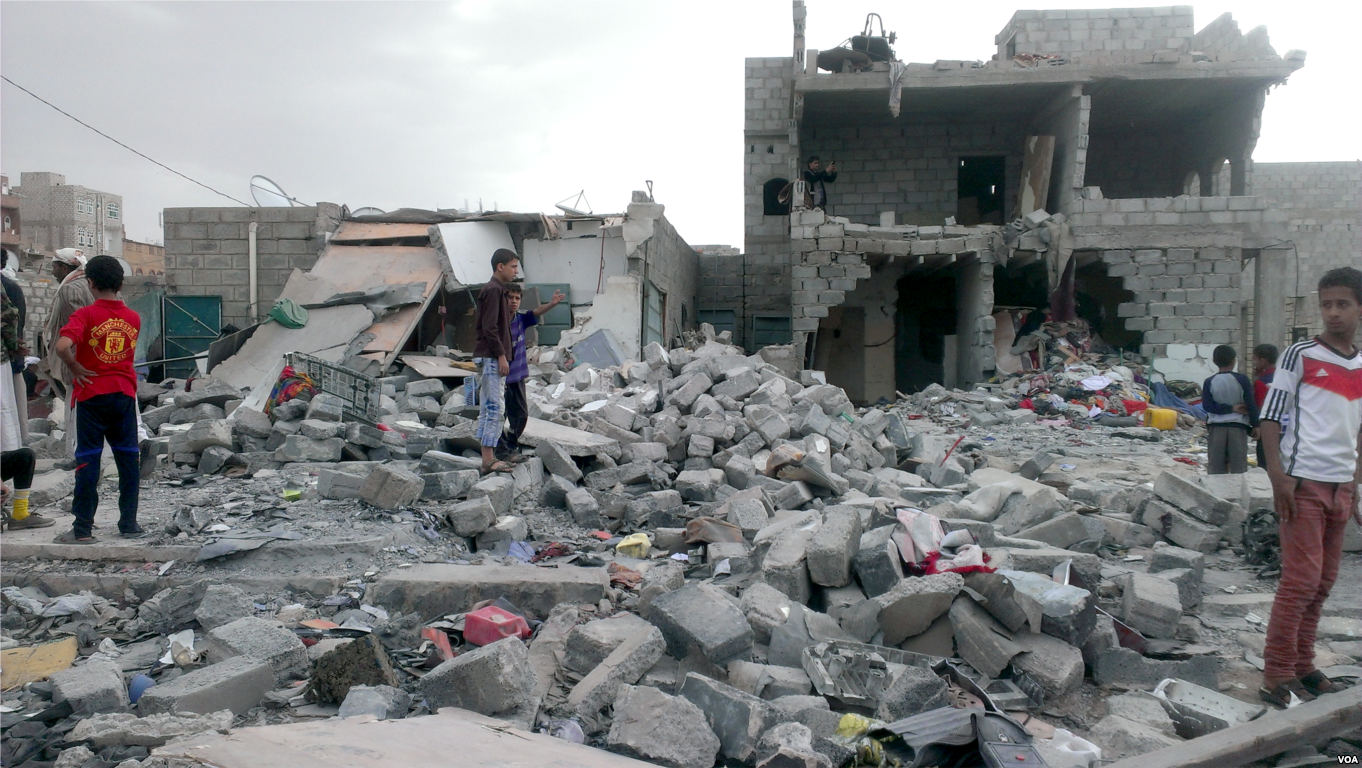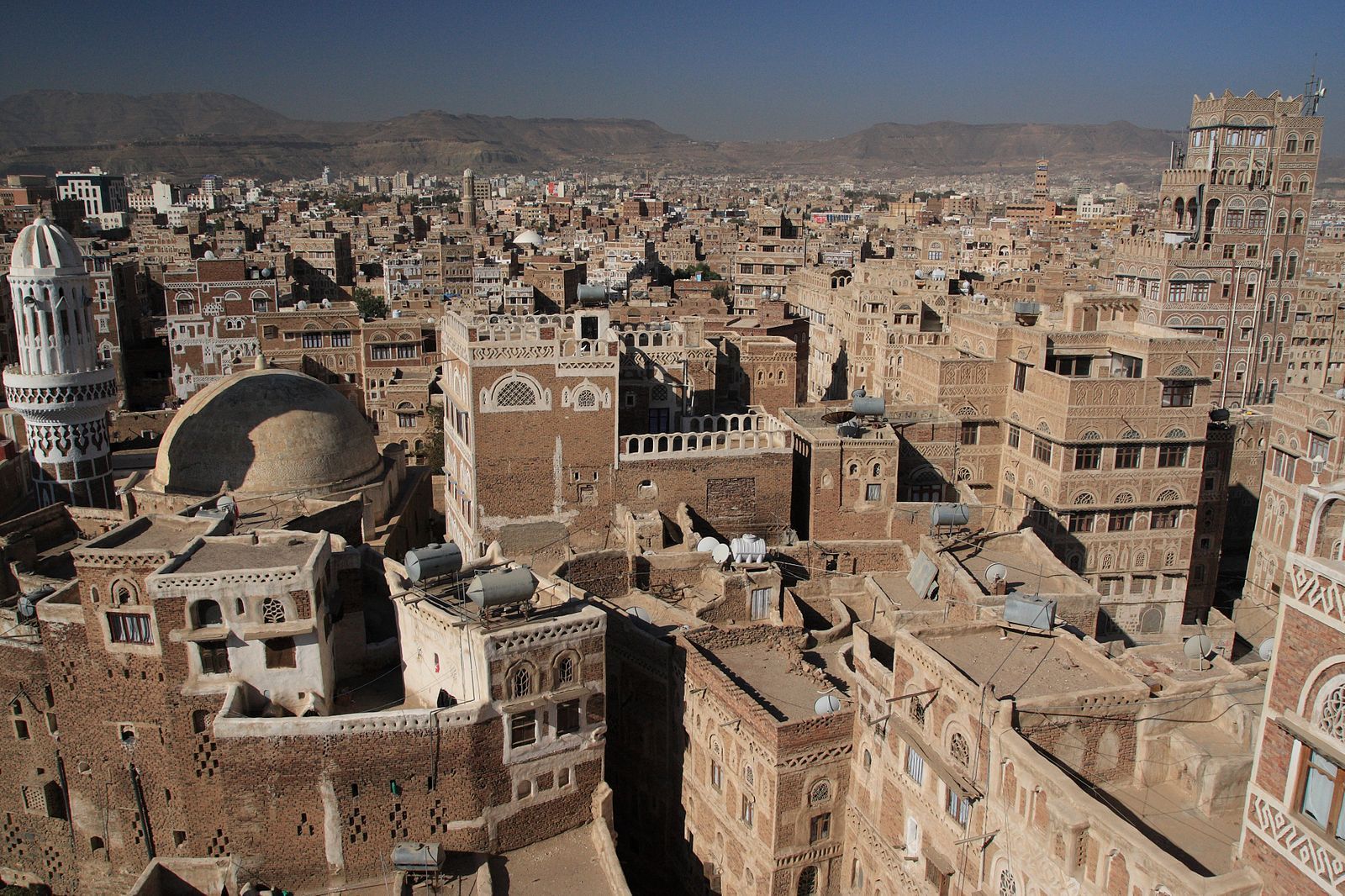
When we write about politics here at NBN, we generally try to make things entertaining as well as informative. Hopefully it makes the news a bit more engaging for you, our loyal readers, and maybe you’ll even get a laugh out of it. But while I enjoy making fun of John Bolton’s mustache just as much as the next staff writer, this isn’t really a topic that plays well with a humorous tone. It’s important though, so bear with us. Here’s what’s happening in Yemen:
Why it’s in the news right now
Last week, the Senate attempted to override President Donald Trump’s veto of a bipartisan bill intended to cut off U.S. support for the war in Yemen. Similar legislation, spearheaded by senators Bernie Sanders, I-Vt., Chris Murphy, D-Conn., and Mike Lee, R-Utah, among others, has been around for a while but failed to receive a vote in the House in 2018. It finally passed earlier this year, only to be met with the second veto of Trump’s presidency. And that veto override vote earlier this week? It failed, 53-45. So the United States — and your tax dollars — will continue to support a Saudi-led coalition fighting Houthi rebels in Yemen.
But while the professed reason for the war is to help the Yemeni government suppress a rebellion that has its roots in the 2011 Arab Spring, the reality is something very different. After more than four years of war, Yemen — already one of the poorest countries in the region — has been transformed into the largest humanitarian crisis in the world.
What’s happening
The Saudi war effort in the country includes a blockade, now in its fourth year, that has stopped food and medical supplies from entering the country. As a result, according to the United Nations, 14 million people are facing “pre-famine conditions” and 22 million are in need of humanitarian aid — aid which, due to the blockade, isn’t coming. A cholera outbreak has also affected more than a million people.
For obvious reasons, that’s a problem — one that the U.N. has been sounding the alarm about for years now. “We may now be approaching a tipping point, beyond which it will be impossible to prevent massive loss of life as a result of widespread famine across the country,” said Mark Lowcock, chief of U.N. humanitarian aid. “Now,” in Lowcock’s statement, was late October 2018.
Today, the situation, if possible, looks even more grim. A U.N.-commissioned study, released last month, found that, by the end of 2019, around 233,000 people will have died in Yemen. Of those, 140,000 are projected to be children under the age of five.
The human cost of the war in Yemen doesn’t stop at those who have died and will die of starvation or of cholera, though. Part of the support the U.S. is providing is in weapons — bombs for coalition air raids — and in fuel for Saudi planes. The refueling policy ended late last year, but the flow of weapons continues, and so do the civilian casualties.
Saudi-led airstrikes have hit weddings, funerals and a school bus among other civilian targets. The attack on the funeral left more than 100 dead, and the strike on the school bus killed at least 29 students. In November 2018, 80 civilians were killed by such strikes, and, as often as not, the bombs are U.S.-made.
“Every single one of those bombs is stamped with ‘Made in the U.S.A.’ and Yemenis know this,” Senator Chris Murphy said at a press conference earlier this year. “They don’t see this as a Saudi bombing campaign. They see this as an American bombing campaign.”
Some weapons have also ended up in the hands of terrorist groups in the region. According to a CNN investigation, “Saudi Arabia and its coalition partners have transferred American-made weapons to al Qaeda-linked fighters, hardline Salafi militias and other factions waging war in Yemen, in violation of their agreements with the United States.”
Saudi- and Emirati-led coalition forces have also been accused of other war crimes in Yemen, including rape, torture and the use of child soldiers.

Why we’re (still) involved
The mounting death toll and worsening humanitarian crisis in the country, as well as the increased spotlight on the U.S. relationship with murderous petrostate Saudi Arabia after the assassination of U.S. resident Jamal Khashoggi, led to Congress taking up the issue last year.
However, as the Trump administration has refused to condemn Saudi prince Mohammed bin Salman — better known as MBS — for the killing despite substantial evidence that he was directly involved, the administration’s continued support shouldn’t come as a surprise. Trump has also repeatedly cited factitious numbers on Saudi arms purchases from the U.S. as a reason to continue supporting MBS and the war effort, saying in October of last year that “I don’t like the concept of stopping an investment of $110 billion into the United States” — even, apparently, when that investment costs lives.
What comes next
There’s a lot more at play in Yemen than we’ve covered, or have time to discuss in full. The U.S., which has upped its saber-rattling against Iran in recent weeks, argues that the conflict in Yemen is driven by Tehran and is part of a larger proxy war in the Middle East. And the legislation intended to end U.S. support for the war in Yemen is part of a power struggle between the president and Congress over war powers. Both are important topics, but they can wait for other TATAs, because at the end of the day, regardless of everything else going on, the U.S. is still supporting the Saudi coalition waging war in Yemen.
That means that U.S. bombs will continue to kill innocents and children will continue to starve — just the latest example of U.S. abdication of responsibility on the global stage. We’re way past what U.S. Ambassador to the United Nations Samantha Power called the “toleration of unspeakable atrocities, often committed in clear view” in her book “A Problem from Hell”: America and the Age of Genocide. Now, the U.S. is complicit.